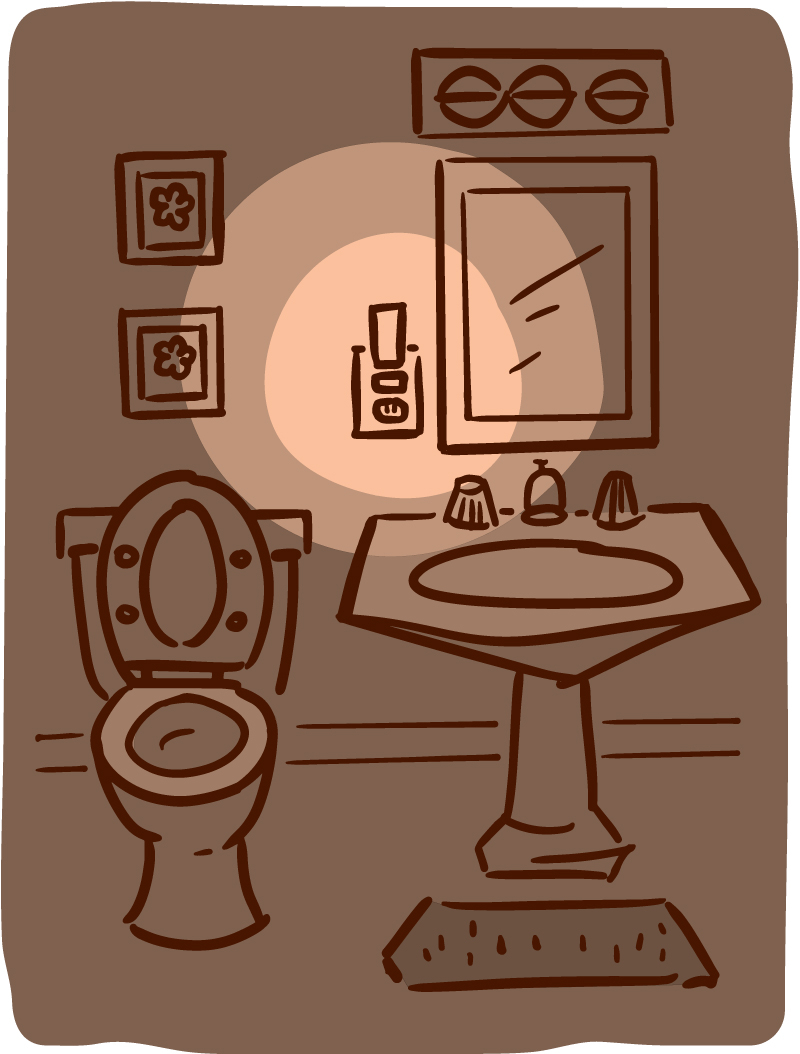Prostate Predicaments
When Bladder Problems Are Pressing

Many men develop urinary problems as they get older. They might find it hard to urinate, have a strong and sudden urge to “go,” be unable to hold it in, or wake up often at night to urinate. These symptoms may signal a bladder issue. But they can also be signs of a prostate problem. Identifying the right condition is key for treatment and symptom control.
The prostate gland tends to get larger as men get older. This walnut-shaped gland sits just below the bladder and surrounds the urethra, the tube that carries urine out of the bladder. If the prostate gets too large, it can narrow or even block the urethra and make it hard to pass urine.
Three prostate issues that can cause urinary symptoms are an enlarged prostate (called BPH, or benign prostatic hyperplasia), Heat, swelling, and redness caused by the body’s protective response to injury or infection. inflammation (called prostatitis), and prostate cancer. Some of the symptoms can be similar. A thorough medical exam and testing are key to diagnosing and treating the problem.
For men older than 50, BPH is the most common prostate issue. “Nearly half of men over 50 have lower urinary tract symptoms related to BPH,” says Dr. Ziya Kirkali, a prostate disorder specialist at NIH. “This number gets to about 90% in men aged 80 years or older.” Some men eventually find their symptoms troubling enough to need treatment. Drugs or surgery can often relieve symptoms associated with BPH. In extreme cases, BPH can lead to urinary tract infections, bladder stones, or kidney failure if left untreated.
Prostatitis is the most common prostate problem for men under age 50. It’s sometimes caused by bacterial infections and can be treated with antibiotics. Symptoms of bacterial prostatitis can include fever, chills, or body aches along with pain and urinary symptoms such as the inability to urinate, going to the bathroom frequently, and leaking or dribbling urine. Seek immediate medical care if you have a sudden onset of these symptoms, or if you cannot urinate at all.
Most often, the cause of prostatitis is unknown—a condition called chronic prostatitis. “Chronic prostatitis, or chronic pelvic pain syndrome, is seen in about 10–15% of the U.S. population,” explains Kirkali. “It’s very bothersome, and it’s a chronic condition that comes and goes.” Chronic prostatitis can cause pain or discomfort in the groin or lower back. Treatment may require a combination of medicine, surgery, and lifestyle changes.
Few men have symptoms of prostate cancer, although some precancerous or cancer cells may be present. “Prostate cancer may not cause any symptoms at all,” Kirkali explains. “If it does, the urinary symptoms are similar to BPH.”
In fact, more than half of all American men have some cancer cells in their prostate glands by the age of 80. It may take 10, 20, or even 30 years before a prostate tumor gets big enough to cause symptoms. Most of these cancers never pose a problem or become a serious threat to health. Your doctor can help you determine whether treatment is right for you.
Don’t let prostate issues take over your life. Talk with your doctor if you have problems urinating or feel discomfort in your pelvic area. Getting the right treatment can help improve your quality of life.
NIH Office of Communications and Public Liaison
Health and Science Publications Branch
Building 31, Room 5B52
Bethesda, MD 20892-2094
Contact Us:
nihnewsinhealth@od.nih.gov
Phone: 301-451-8224
Share Our Materials: Reprint our articles and illustrations in your own publication. Our material is not copyrighted. Please acknowledge NIH News in Health as the source and send us a copy.
For more consumer health news and information, visit health.nih.gov.
For wellness toolkits, visit www.nih.gov/wellnesstoolkits.




